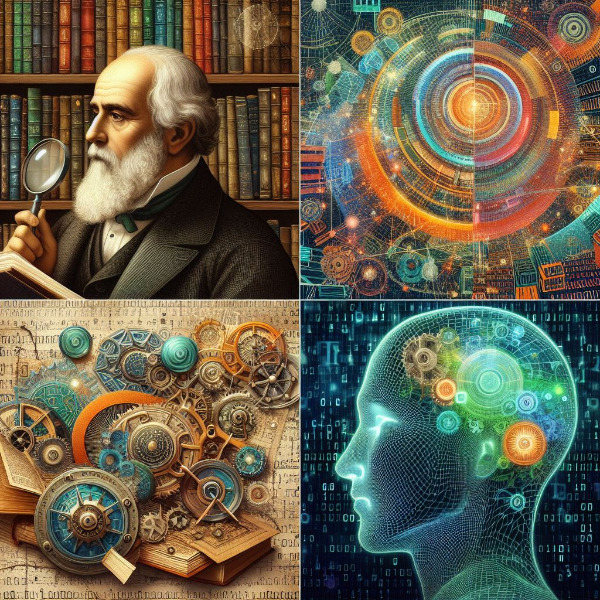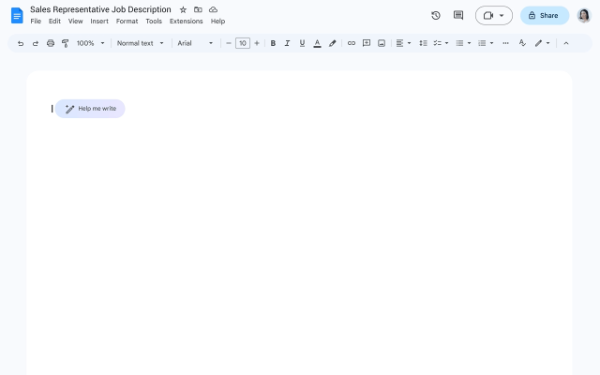Putting the Adult in Learning

After two decades teaching "children," I moved to "higher" education where the line between children and adults is fuzzy. For the last decade, I have been involved in adult education and lifelong learning. The "adult” adjective is significant.
Adults face a lot more barriers during the learning process. There is the transition back to education, the cost of it, the time needed to devote to it, and all the normal distractions of full or part-time jobs, kids and—hopefully—a social life.
My lifelong learning students are often age 55+ but my theory is that lifelong learning begins as soon as you leave formal learning. You can be a lifelong learner at 19, 39, or 79 or any age, but in any case, you are definitely an "adult learner."
Pedagogy is the methods and practice of teaching children. Andragogy: the methods and practice of teaching adults. But as I said, that line
when a student no longer a child, but an adult is not hard and clear. We often view high school graduation as the entry into adulthood, but anyone who has taught college students and also taught younger students will tell you that there are often more similarities than differences.
Andragogy, a concept dating to the 1960s and Malcolm Knowles, is important because it recognizes that adult learners are different and that these differences are extremely important. Here are some things that andragogy and adult learning theory stress.
ADULTS:
Are more independent than children when it comes to learning.
Are capable of critical thinking (unlike some children) but are still interested in the “correct answer."
Learn more slowly but just as effectively because they have more life experience and deeply ingrained stereotypes and ideas.
Must be given respect as adults and for their life experience or lack of experience.
Need classrooms that embrace active learning, including hands-on activities.
Learn material that is relevant for their needs.
Are driven less by grades (performance goal orientation) and more by understanding (mastery goal orientation).
My lifelong learning students are often age 55+ but as I said earlier, my theory is that lifelong learning begins as soon as you leave formal learning. Of course, some lifelong learning still occurs in a classroom, a school or a course that you pay for or can do for free.
In my formal education courses, I studied basic human growth and development theories. You can study Maslow’s hierarchy of needs, Erikson’s stages of psychosocial development, Malcolm Knowles' work, and Piaget’s stages of cognitive development.
There are some basics I mention to people who are going to be teaching in any formal or informal setting.
Children need more guidance. Children are just not physiologically capable of performing certain skills or critical thinking. They benefit from active learning and student-centered learning situations. But so do many adults. Adults can handle learning something theoretical and then seeing its application. Children prefer the application and then the theory behind it.
Back in the end of the 20th century, I became very interested in learning styles. The theory is that learners of all ages (maybe more so as adults where they have options) think they have a learning style. An overly simplified breakdown is that you might be a visual, kinesthetic, or auditory learner. More recently, some research now suggests learning styles are a myth. Maybe, but I still like the theory.
Adults learn differently from children, but "pedagogy” is still often used for learning of all age levels. I think that is a mistake.
As part of my job starting in 2000 at NJIT, I organized and conducted training for professors and some of that included "pedagogy." It was all new to them. I usually had to define the word and I certainly had to define andragogy. They found it interesting and admitted that they had never had any education courses. they "tried to what their good professors had done and not do what the bad ones had done." Professors who voluntarily attended training tended to want to learn new things. Some professors never attended and might say that it all sounded like the training required to teach K-12.


